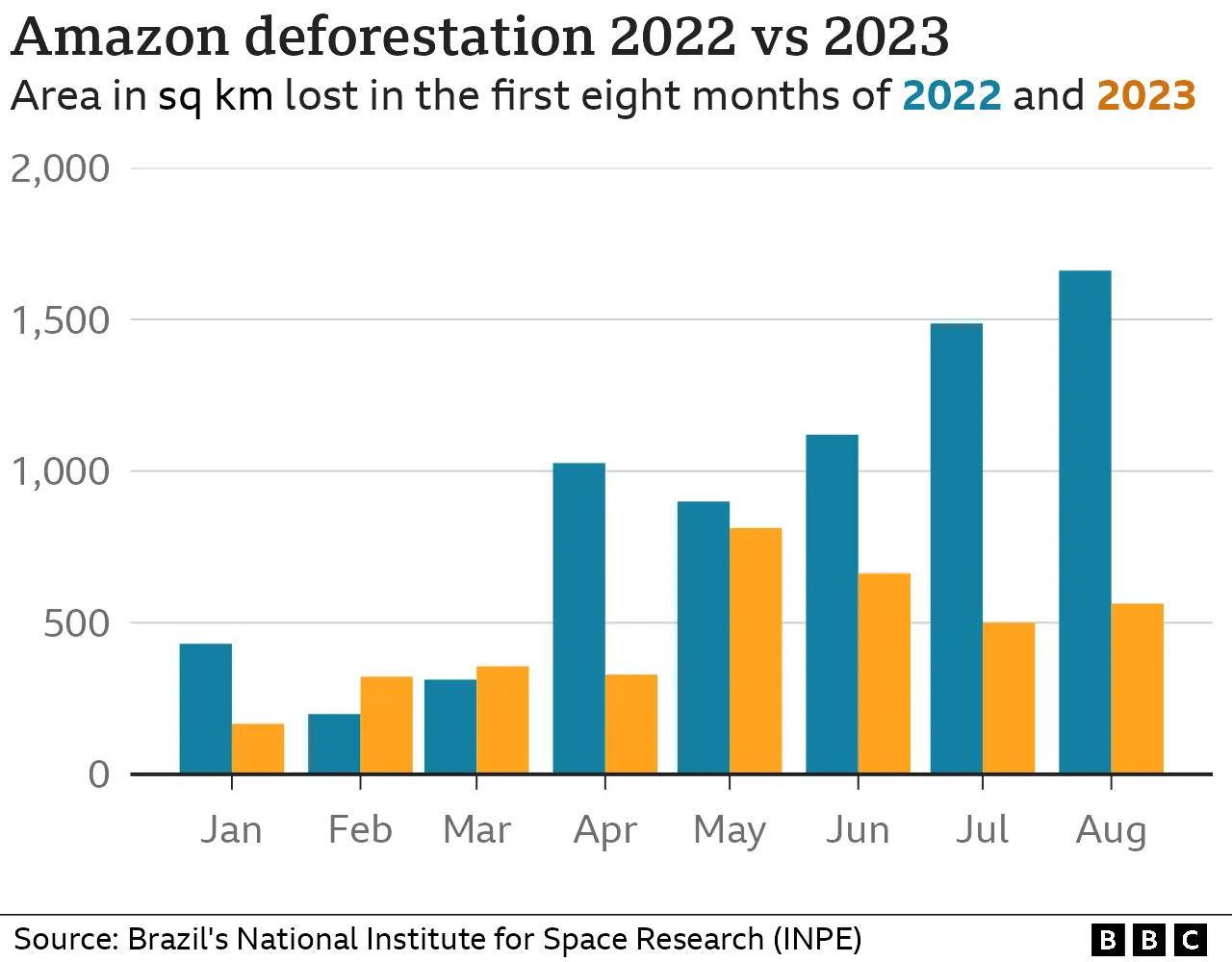This post goes out to both free and paid subscribers, but if you are not already a paid subscriber and value this effort and our growing community, please consider upgrading to a paid membership.
Holiday Sale! From today through Sunday, January 14, 2024, I’m offering a 20% discount for all new, yearly subscribers (including founding member subscribers!). That means for $40 (or $80 for a founding member), you can support The Poverty Trap for a full year and receive compelling analysis of the politics and policy choices affecting poverty issues in the United States. You’ll receive a full post with audio (and sometimes video) each week, plus an extra post or two each month with a round-up of positive news and recommended readings. 2024 will be a big year, so start it right and sign up now!
You may be wondering how long it took me to find some good news, particularly about issues like the precarious state of our environment and its attendant climate crisis, and the U.S. economy. It actually was easy to find positives in these two broad arenas because this year in particular, there is frequent overlap of the two. So yes, Virginia, there is good news for both our environment and economy in plain sight, and I’ve curated quite a few articles to focus our collective thoughts on the positive.
This post will review the positive environmental news, and Part II that I’ll publish in a few days, will discuss the positive economic news and where the two overlap.
The Environment:
Both the MIT Technology Review and the BBC highlighted a number of positive news stories from 2023 focusing on the environment, climate change and nature that were surprising if you’re not paying close attention to these issues.
— First up is a December round-up from the MIT Technology Review focused on a few, somewhat unexpected turnarounds relating to climate change: the rise in demand and production for the fully electric or plug-in hybrid, and the capping of methane emissions:
We put the “inevitable EV” on our list of 10 Breakthrough Technologies in January, noting that strong policy support and expanding supply chains were combining to vault the technology to new relevance. Those trends have largely continued through 2023, and that means good news for climate change, since the transportation sector accounts for nearly 20% of global emissions. EVs are on track to make up 15.5% of automotive sales this year, according to [Bloomberg New Energy Finance] BNEF. Between battery electric vehicles and plug-in hybrids, this new growth means there are almost 41 million passenger EVs on the road.
Additionally, a recent CNN article reports that American consumers snapped up one million electric vehicles in 2023. And according to NPR, getting a tax credit (of up to $7,500) for buying these vehicles will be easier starting in 2024,
The U. S. Environmental Protection Agency recently announced the it will require oil and gas companies to monitor their methane emissions to “sharply reduce their flaring, venting and leaking”.
Carbon dioxide has long overshadowed methane, since we emit so much more of it. But methane traps about 80 times as much heat over a 20-year period and accounts for at least a quarter of overall warming above our preindustrial past….it’s a step forward that promises to eliminate the warming equivalent of about 1.5 billion metric tons of carbon dioxide by 2038.
And according to Environmental Defense Fund data, methane pollution can affect our health rather drastically:
…when methane, the main component of natural gas, leaks from oil and gas infrastructure, it’s not alone. Other pollutants are released along with it, including volatile organic compounds, nitrogen oxides, sulfur dioxide and more. These co-pollutants contribute to ground-level ozone, which is linked to serious health issues like respiratory and cardiovascular disease, cancer and stroke.
— Here’s more positive, climate change news from CNN— the production of renewable energy has been increasing for a number of years, but had a big surge in 2023, and the Brazilian rainforest has stopped its rapid slide to zero, thanks to government conservation efforts. According to an International Energy Agency 2023 report:
Solar PV capacity, including both large utility-scale and small distributed systems, accounts for two-thirds of this year’s projected increase in global renewable capacity. This unprecedented growth is being driven by expanding policy support, growing energy security concerns and improving competitiveness against fossil fuel alternatives…
Following two consecutive years of decline, onshore wind capacity additions are on course to rebound by 70% in 2023 to 107 GW, an all-time record amount. This is mainly due to the commissioning of delayed projects in China following last year’s Covid-19 restrictions. Faster expansion is also expected in Europe and the United States as a result of supply chain challenges pushing project commissioning from 2022 into 2023.
If you want to see some proof that government intervention via conservation laws and policies helps stem the impacts of climate change, look no further than Brazil’s rainforest turnaround.
Deforestation in Brazil fell by 22.3% in the 12 months through July, [2023] according to data from the national government, as President Luiz Ignácio Lula da Silva started to make progress on his pledge to rein in the rampant forest destruction that occurred under his predecessor, Jair Bolsonaro.
It is reported that Bolsonaro drastically cut funds to the agency in charge of protecting Brazil’s environment and allowed mining on indigenous lands, while his successor, President Luiz Ignácio Lula da Silva, has pledged to stop deforestation completely by 2030 and marshaled government resources and the help of neighboring countries to accomplish this goal.
In 2023, Brazil’s actions to reverse the destruction of the 60% of the Amazon rainforest that is located within its borders included, among other strategies:
…monitoring the forest for criminal activity such as illegal logging… and encouraging Amazonian countries to collaborate regionally, highlighting efforts to jointly track, map and stop deforestation through projects such as the MapBiomas project, which gathers and presents data on land use change.
Note that the figures in the chart below had not been independently verified at the time this article was published.
— Another December compilation from the BBC focuses more on positive news for the natural world, rather than preventing the pollution that is causing climate change. It includes a few extraordinary accomplishments , but I’ll highlight just one here:
Four dams located along the Klamath River that runs between Oregon and northwestern California will be removed in 2023 and 2024. The removals will be followed by extensive restoration projects of the reservoir beds, Klamath tributaries and riparian habitat.
Dams along Oregon and California's Klamath River have greatly reduced salmon populations. After decades of campaigning [mostly by tribes indigenous to the area], the first dam was demolished in November 2023 – one of four that will be removed over the years in the largest dam removal project in American history.
The Yuroks and Karuks and other tribes native to the area have been leading the campaigns for dam removal and have been fighting for a free-flowing river to restore and heal the ecosystem, and strengthen their ancestral connections to the river, which they see as a lifeline. "The removal of the Klamath dams is the single biggest step we can take to restore the river ecosystem and increase salmon numbers," says Barry McCovey, Yurok Fisheries department director. The project will also make fish runs more resilient to climate change.”
——————————————————————————————
Share your thoughts on this good news for the environment in the Comment Section below.















Share this post